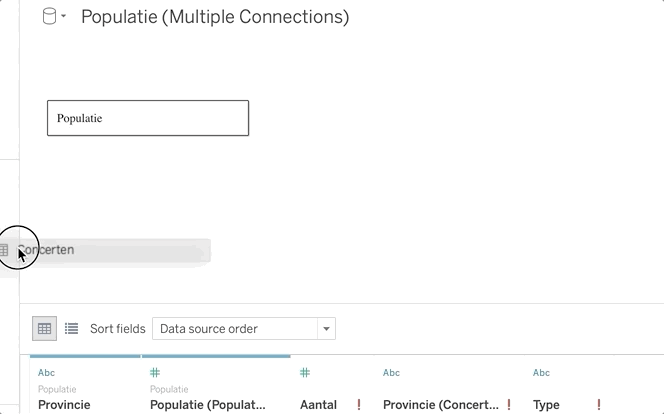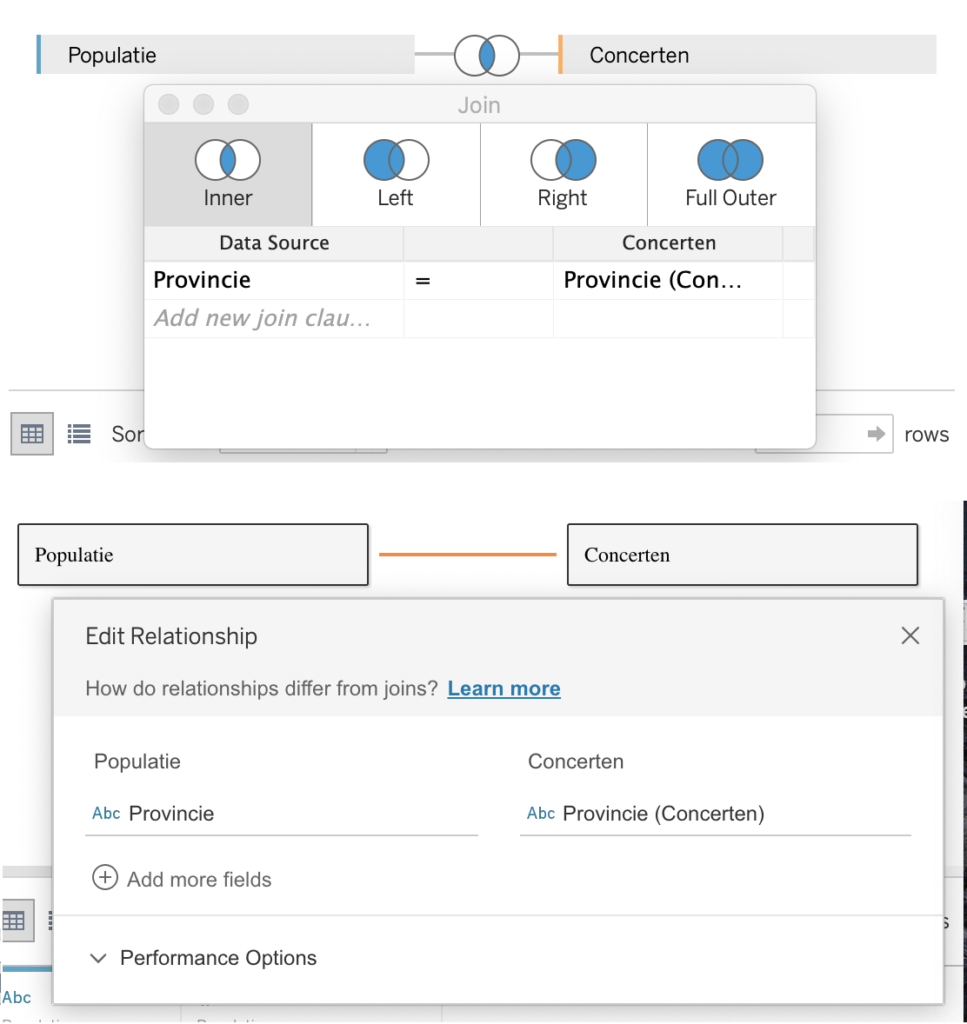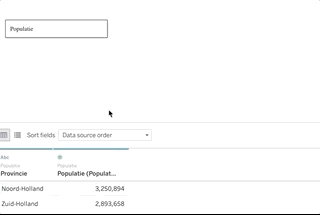At Tableau Conference 2019 in Berlin I had my first look at the new Relationship Model, and at the Conference in Las Vegas more of this feature was shown. And currently the new model is featured in the 2020.2 Beta. So I needed (/wanted) to take a (closer) look.

A big difference is that from now on the standard is that we will set relations between the data and not join them. Tableau will take care of that when we build our visualisation. For the technical background I would like to refer you to https://help.tableau.com/v2020.2/pro/desktop/en-us/datasource_relationships_learnmorepage.htm where the difference is further explained.
But what does this mean when we work with data in Tableau?

Firstly you’ll notice that the Venn diagram symbol is no longer there, this is because the join is not “decided” until we pull in data to our visualisation.
Secondly the bottom of our Datasource pane is not as filled as it normally is. Again, this is because Tableau will not start to join data until we use it in our visualisation.
Where normally you would see the outcome of the join, now you can only see what the individual parts are made of.
My first test with the new Relationship Model was with a simple Excel I have ready for when I explain Blends.
Instead of creating two datasources, with the new Relationship Model I can load the data in one datasource, set the relation correctly and Tableau will create the correct aggregation throughout my visualisation. A blend within a Datasource. No longer do I need to worry about my primary/secondary datasource and the effect on my visualisation. Tableau does the work for me.
Of course it is still possible to create joins and set the type of join as you can see below. But you can again create a relation with another source. This is similar to a subquery when writing a script within a database.

Even though creating joins is still possible, users will have the option to let Tableau do the hard work, providing freedom, and more options. And with more options, comes more need for knowledge.
What I mean with this is that it looks like Tableau will help end-users dig into their data a lot quicker, but there will be a need to brush up on your ‘data’ skills, understanding the difference of choosing a variable from Table X or Y in your canvas and what the impact will be on your visualisation. And for us trainers it means a whole new subject to teach aside from Joins and Blends.
I’m looking forward to dig into the new Relational Model (and that funny ‘noodle’) some more and see how I need to change the way I interact with my data.
Soon I will share some tips on usage of Excel and Notepad to quickly help you write IF THEN, CASE WHEN and IN() statements.
Would you like to see more of my work? You can check it out on my Tableau Public. You can also keep in contact with me on LinkedIn.
In need of further explanations or help? Check out our trainings page and find the one that suits your needs best. You can also hire me as a consultant!


